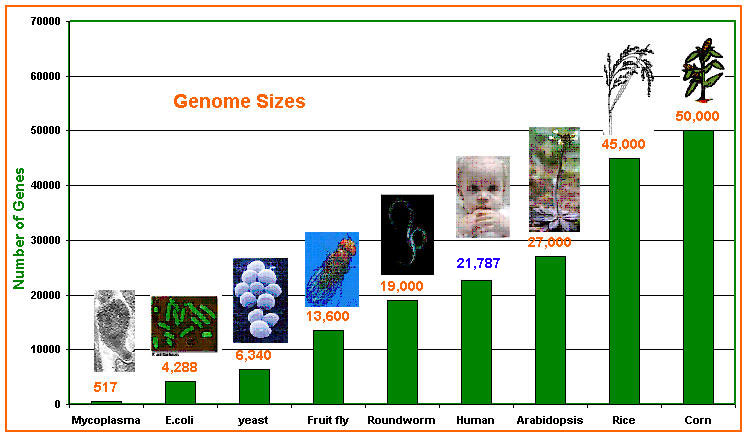Since then, the international collaboration has worked to convert
these drafts into a genome sequence with high accuracy and nearly complete
coverage. The IHGSC reported in
Nature on October 21, 2004, the result of this finishing process. The
current genome sequence (Build 35) contains 2.85
billion nucleotides interrupted by only 341 gaps not yet sequenced. It covers
 99%
of the euchromatic genome and is accurate to an error rate of
99%
of the euchromatic genome and is accurate to an error rate of
 1 nucleotide per 100,000 bases
sequenced. Many of the remaining euchromatic gaps are associated with segmental
duplications and will require focused work with new methods.
1 nucleotide per 100,000 bases
sequenced. Many of the remaining euchromatic gaps are associated with segmental
duplications and will require focused work with new methods.
The near-complete sequence, the first for a vertebrate,
greatly improves the precision of biological analyses of the human genome
including studies of gene number, birth and death. Notably,
the human genome seems to encode only 20,000–25,000
protein-coding genes.
a COMPARATIVE FIGURE
Due to the suspected presence of some 100,000
proteins involved in cell function, the human genome was also expected to
contain about 100,000 genes. The first draft of the genome sequence was found to
have about 35,000 genes. The most complete draft to date (build 35) has
only about 25,000 genes maximally.
 99%
of the euchromatic genome and is accurate to an error rate of
99%
of the euchromatic genome and is accurate to an error rate of
